Introducing Folding Phones
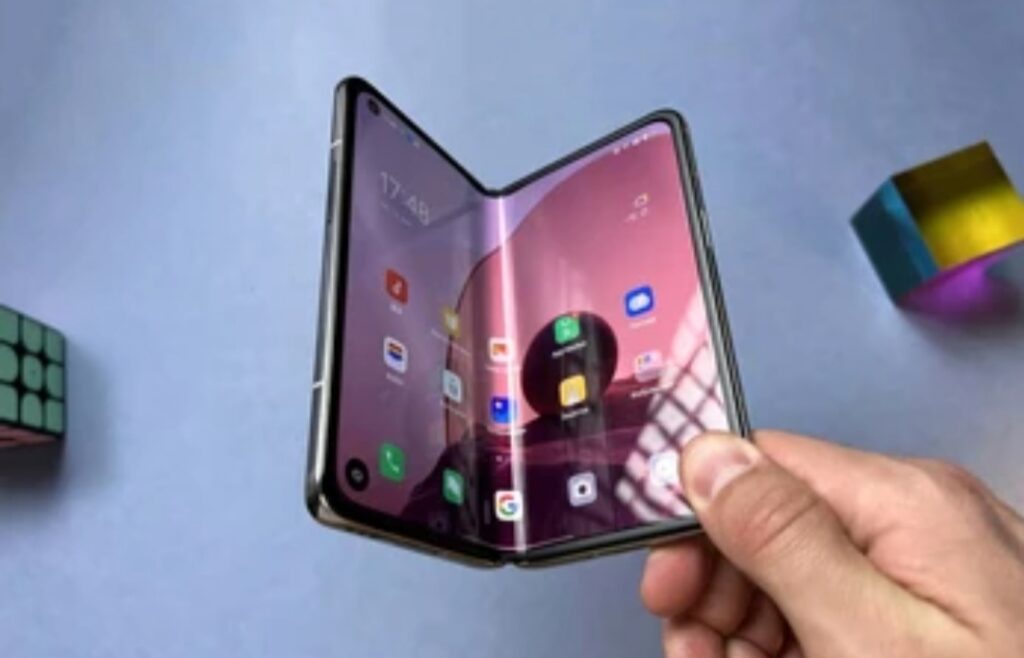
A Brief Overview of the Evolution of Folding Phones
Folding phones have come a long way since their inception, representing a revolutionary leap in mobile technology.
What started as a futuristic concept has now become a tangible reality, blending innovation with functionality.
The first mainstream folding phones, such as the Samsung Galaxy Fold in 2019, faced significant challenges, including durability concerns and high costs.
However, over the years, manufacturers have refined these devices, introducing robust hinge mechanisms, stronger materials, and improved software optimizations.
By 2025, folding phones have transitioned from niche gadgets to increasingly popular options in the premium smartphone market.
They’ve set new standards for multitasking, offering users the ability to seamlessly switch between a compact smartphone and a full-sized tablet experience.
Companies like Samsung, Huawei, and Oppo have led the charge, while new players continue to join the race, making foldable technology more accessible.
This evolution reflects a broader trend toward devices that cater to both productivity and portability.
For tech enthusiasts, folding phones symbolize the cutting edge of mobile innovation, while for everyday users, they promise versatility and convenience.
Purpose of the Article: Assessing the Advantages and Disadvantages of Folding Phones in 2025
As folding phones gain traction, many consumers find themselves wondering, Are these devices truly worth the investment?
This article aims to provide a balanced perspective by analyzing the folding phones pros and cons, helping readers make an informed decision.
We’ll dive deep into the benefits of foldable technology, such as its ability to enhance multitasking and deliver a unique user experience.
At the same time, we’ll address key drawbacks like durability challenges and higher price points.
By the end of this guide, you’ll gain insights into whether folding phones align with your needs and lifestyle.
With input from the latest industry trends, technological advancements, and real-world user experiences, this comprehensive review ensures you have all the information needed to make a confident choice.
Whether you’re a tech enthusiast exploring the cutting-edge or a practical user evaluating cost versus value, this post is tailored to help you decide.
Don’t miss out—keep reading to discover whether foldable phones are the right fit for you!
Advantages of Folding Phones
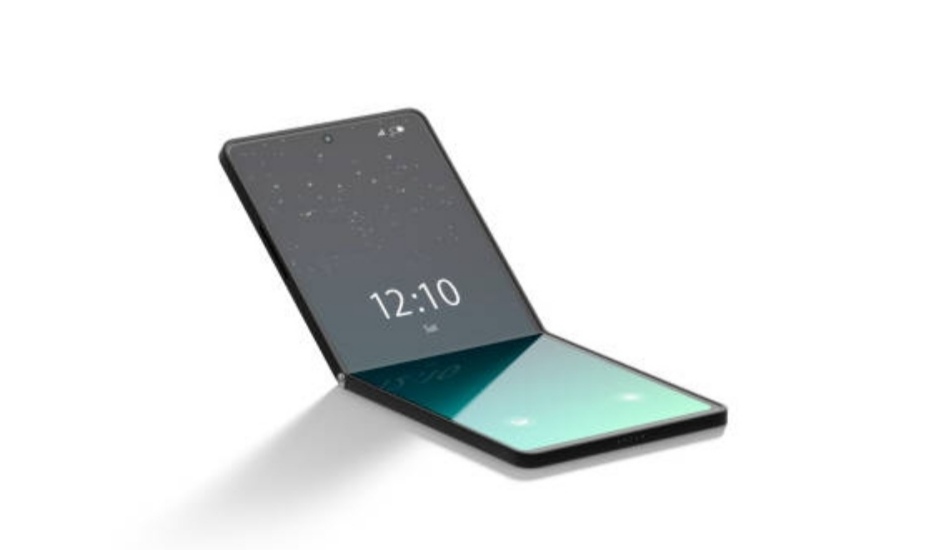
Enhanced Versatility and Multitasking
Folding phones revolutionize multitasking, making them a game-changer for productivity-focused users.
Their ability to transition seamlessly between a smartphone and tablet mode offers unparalleled flexibility.
For instance, when folded, the device functions like a regular smartphone, compact and convenient for single-hand use.
When unfolded, it transforms into a larger display, perfect for tasks requiring more screen space.
This versatility is particularly beneficial for professionals and students who need to juggle multiple apps simultaneously.
Whether you’re editing a document while participating in a video call or comparing data across multiple spreadsheets, folding phones streamline these tasks with ease.
Moreover, folding phones are often equipped with advanced split-screen and drag-and-drop functionalities, further enhancing multitasking capabilities.
Manufacturers like Samsung and Huawei have integrated software optimizations to ensure these features work smoothly.
As a result, folding phones cater to users seeking a device that boosts productivity and eliminates the need to switch between multiple gadgets.
If you’re someone who values productivity on the go, the multitasking abilities of folding phones make them a compelling choice.
For a comprehensive breakdown of folding phones pros and cons, this feature is undoubtedly one of the most significant advantages.
Portability and Compactness
One of the standout benefits of folding phones is their unique combination of portability and large displays.
Traditional smartphones with bigger screens often sacrifice convenience, making them bulky and hard to fit in pockets or small bags.
Folding phones solve this dilemma by offering a large display that folds into a compact size, giving you the best of both worlds.
When folded, these devices are easy to carry, resembling the size of a typical smartphone or even smaller.
Unfolding them reveals a tablet-sized screen, providing an immersive viewing experience for gaming, streaming, or reading.
This dual functionality makes them a versatile option for people who prioritize convenience without compromising on screen size.
For travelers, this portability is especially appealing.
Folding phones eliminate the need to carry additional devices like tablets, making them ideal for those who want to pack light.
With the added convenience of fitting into your pocket, they truly redefine what it means to have a portable large-screen device.
Innovative User Experience
Folding phones aren’t just about form factor—they deliver a completely new and exciting user experience.
The folding mechanism opens up possibilities for creative interactions and functionalities. For example, many folding phones offer a “Flex Mode,” where the screen can be partially folded to create a dual-screen effect.
This allows users to watch videos on the upper half while browsing or typing on the lower half.
Additionally, folding phones enhance entertainment and gaming.
The larger screen provides a more immersive experience, bringing content to life with vibrant colors and expansive views.
Foldables with high refresh rates make gaming smoother and more enjoyable, especially for action-packed titles.
For photography enthusiasts, folding phones introduce unique camera capabilities, such as using the rear camera for selfies when the phone is folded.
This flexibility gives users access to higher-quality cameras for their selfies and videos.
Moreover, the ability to prop the phone at various angles without needing a stand is perfect for hands-free video calls or recording content.
The innovative functionalities of folding phones redefine what modern smartphones can do.
As manufacturers continue to experiment with foldable technology, users can expect even more cutting-edge features in the future.
Disadvantages of Folding Phones
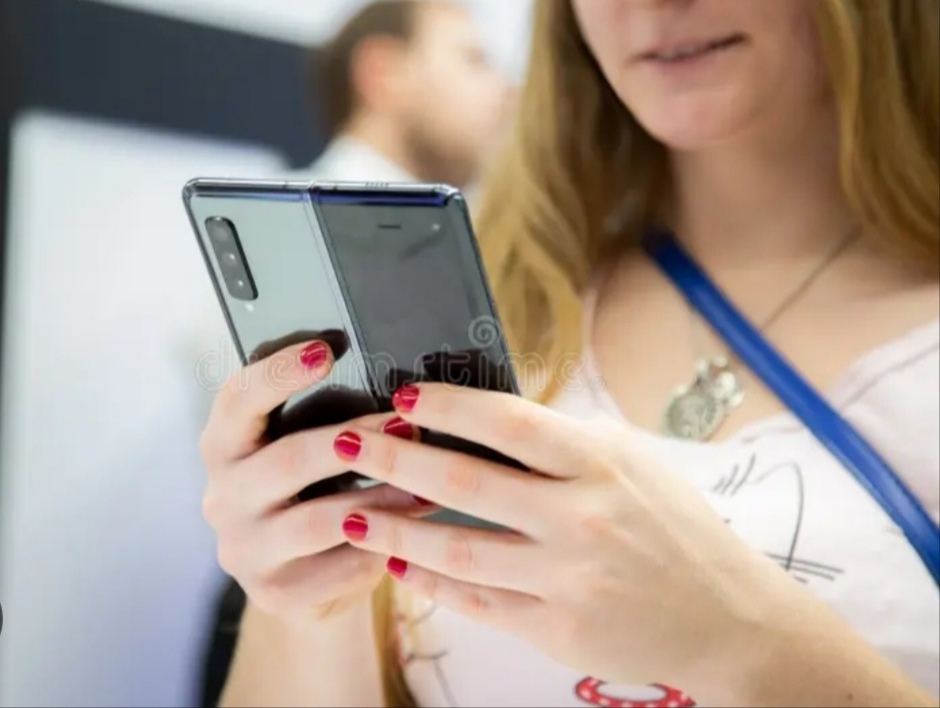
High Price Point
One of the most significant drawbacks of folding phones is their steep price point, which makes them a luxury rather than an accessible option for most consumers.
The advanced technology required to manufacture foldable displays, durable hinges, and optimized software adds to production costs, resulting in premium pricing.
Many folding phones on the market, such as the Samsung Galaxy Z Fold series, are priced well above $1,500, which is considerably higher than most traditional smartphones.
This high cost often raises the question: Are folding phones worth the investment?
While they offer unique features and enhanced functionality, budget-conscious consumers might find it challenging to justify the expense.
For individuals who prioritize affordability and value for money, the price tag of a folding phone could be a significant deterrent.
Moreover, the cost isn’t limited to the initial purchase. Repairs and replacements for folding phones are also notably expensive.
For instance, replacing a foldable display or fixing a damaged hinge can cost hundreds of dollars, further adding to the overall expense.
This makes it important for potential buyers to weigh the folding phones pros and cons carefully before committing to a purchase.
If you’re intrigued by the versatility of folding phones but hesitant about the price, consider exploring financing options or waiting for mid-range models, which are gradually being introduced by some brands.
Durability Concerns
Another critical disadvantage of folding phones is their susceptibility to durability issues, primarily due to their complex design and moving parts.
The hinge mechanism, which enables the phone to fold and unfold, is a potential weak point.
While manufacturers have improved hinge durability over the years, it’s still prone to wear and tear with frequent use.
Additionally, the flexible displays used in folding phones are more fragile compared to traditional glass screens.
Despite advancements in materials, such as ultra-thin glass, these screens are more vulnerable to scratches, dents, and damage from accidental drops.
Over time, users may also notice visible creases where the phone folds, which can impact the visual appeal and usability of the device.
Environmental factors can further exacerbate these durability concerns.
Folding phones are typically less resistant to dust and water compared to conventional smartphones, as particles can accumulate in the hinge mechanism, causing malfunctions.
For users who prioritize ruggedness or lead an active lifestyle, these limitations may outweigh the benefits of a foldable design.
To mitigate durability issues, it’s essential to handle folding phones with care and invest in protective accessories like cases.
Brands are continuously working on innovations to address these challenges, but for now, durability remains a notable drawback in the folding phones pros and cons debate.
Battery Life Challenges
Folding phones often face battery life challenges, primarily due to their larger screens and increased power demands.
The expansive displays, which are one of the main attractions of foldable devices, consume significantly more energy than standard smartphone screens.
For users who rely heavily on their phones throughout the day, this can lead to frequent charging and potential inconvenience.
Balancing performance and battery efficiency is another challenge for manufacturers.
Many foldable devices use dual batteries to power both the folded and unfolded modes, but this design isn’t always enough to provide all-day battery life.
Users who multitask extensively or engage in resource-intensive activities like gaming and streaming may find themselves reaching for a charger sooner than expected.
Additionally, folding phones tend to have limited space for larger batteries due to their unique design. This makes it difficult to pack in the same battery capacity as non-foldable smartphones, which often leads to compromises in battery performance. While fast charging and wireless charging can help mitigate this issue, they don’t entirely resolve it.
If you’re considering a folding phone, it’s worth assessing your daily usage patterns and determining whether the potential for shorter battery life aligns with your needs.
For users who require long-lasting power, this disadvantage might be a deal-breaker, especially when compared to traditional smartphones with superior battery performance.
Market Developments in 2025
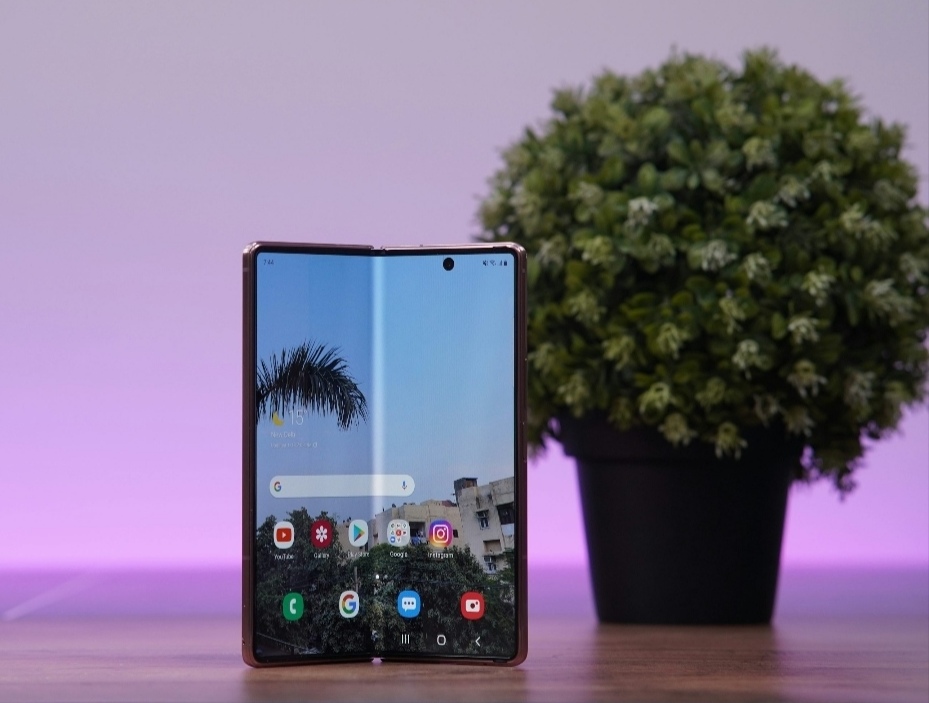
Technological Advancements
The year 2025 has witnessed groundbreaking technological advancements in the foldable phone market, signaling the industry’s commitment to innovation and user satisfaction.
One of the most notable developments has been the refinement of foldable screen technology, making displays not only more flexible but also significantly more durable.
Companies like Samsung, Huawei, and Oppo have introduced next-generation foldable OLED displays that are thinner, lighter, and more resistant to wear and tear.
Manufacturers are also addressing the issue of screen creases, a common concern for earlier models.
New hinge designs and self-healing screen materials are now being incorporated, reducing the visibility of creases and enhancing the overall aesthetic of foldable devices.
These improvements provide a smoother, more seamless experience for users, making folding phones feel more premium and less experimental.
Another exciting area of innovation is the development of advanced software ecosystems tailored specifically for foldable devices.
In 2025, operating systems like Android have integrated better support for foldable screens, enabling smoother multitasking and app transitions between folded and unfolded modes.
This evolution allows users to maximize the potential of larger displays, whether for productivity, gaming, or media consumption.
Additionally, foldable phones are now incorporating improved battery technologies to address power efficiency concerns.
Innovations like dual-cell batteries and adaptive charging systems ensure that these devices offer better battery life without compromising on performance.
For users weighing the folding phones pros and cons, these advancements make the devices more appealing and practical for daily use.
Increased Competition
The foldable phone market in 2025 is more competitive than ever, with an influx of new players challenging established brands.
While companies like Samsung and Huawei continue to dominate the segment, other manufacturers, including Xiaomi, Oppo, and even Google, have entered the fray with their own innovative foldable devices.
This surge in competition has sparked a race to deliver better features, improved durability, and competitive pricing.
One significant impact of this increased competition is the gradual decline in prices.
Although folding phones remain a premium product, the availability of mid-range options has made them more accessible to a broader audience.
For instance, some manufacturers have introduced foldable phones priced under $1,000, targeting consumers who were previously deterred by the high cost of flagship models.
With more brands entering the market, users can now choose from a wider variety of designs and form factors.
Whether it’s clamshell-style foldables like the Galaxy Z Flip or book-style designs like the Oppo Find N, there’s a foldable phone to suit different preferences and use cases.
This diversity not only benefits consumers but also drives innovation as companies strive to differentiate their products.
Another effect of increased competition is the focus on unique selling points.
Brands are now emphasizing features like water resistance, improved hinges, and enhanced camera capabilities to stand out in the crowded market.
This dynamic competition pushes the boundaries of what folding phones can achieve, offering users greater value for their investment.
For potential buyers navigating the folding phones pros and cons, the availability of competitive options makes it easier to find a device that aligns with their budget and needs.
However, it’s essential to research and compare models to make an informed decision, as not all foldables offer the same level of quality or reliability.
User Considerations
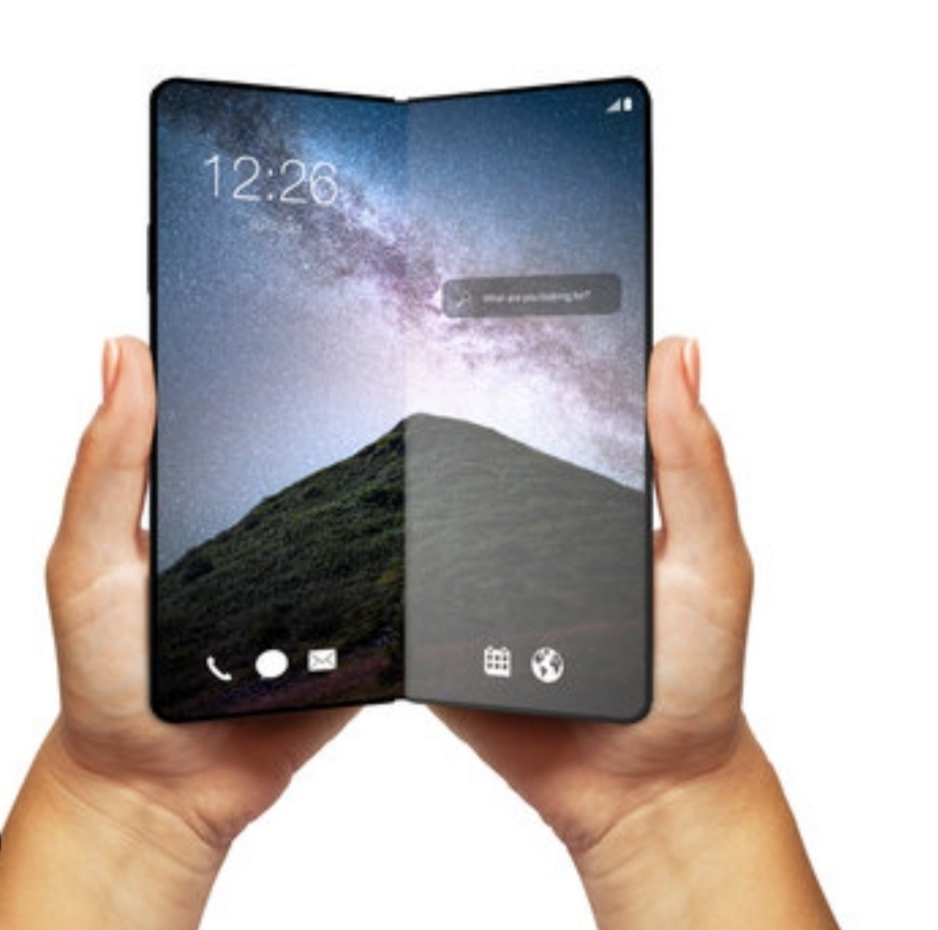
Assessing Personal Needs
When contemplating a foldable phone purchase, it’s crucial to assess whether its features align with your personal lifestyle and daily requirements.
A foldable phone offers unique advantages, such as seamless multitasking, larger screen real estate, and portability, but these benefits may not be equally valuable for all users.
Begin by evaluating your typical smartphone usage.
For instance, if you frequently juggle multiple apps for work or entertainment, the enhanced multitasking capabilities of a foldable phone could significantly improve your productivity.
Larger screens make tasks like video editing, gaming, or reading documents more enjoyable and efficient.
However, users who primarily use their phones for basic tasks like texting, calls, and occasional browsing may find the extra features unnecessary, especially considering the price premium.
Another consideration is your preference for portability versus durability.
Foldable phones excel in portability because their compact designs allow them to fit easily into pockets or small bags while still offering larger displays when unfolded.
However, these devices can be more fragile than traditional smartphones due to their intricate hinge mechanisms and foldable screens.
If you often handle your phone roughly or work in demanding environments, you may want to weigh the risks of potential damage.
Additionally, think about whether the novelty factor of a foldable phone resonates with you.
For tech enthusiasts and early adopters, owning a foldable phone can feel exciting and futuristic, but for others, the steep learning curve or limited app optimization may outweigh the appeal.
Carefully compare the folding phones pros and cons based on how you plan to use the device in your everyday life.
Future-Proofing Your Purchase
Investing in a foldable phone is not just about enjoying its immediate benefits; it’s also about ensuring that your purchase remains relevant and reliable for years to come.
Future-proofing is particularly important in the rapidly evolving tech industry, where devices can become outdated within a short period.
One key factor to consider is the longevity of the device. Foldable phones often rely on cutting-edge materials and designs, but they also face unique wear-and-tear challenges.
Screen creases, hinge durability, and potential software glitches are common concerns.
Look for devices that boast advanced materials, reinforced hinges, and positive user reviews on durability.
Another aspect of future-proofing is software and hardware updates.
Manufacturers like Samsung and Google are known for providing regular updates to their foldable devices, ensuring compatibility with new apps, enhanced security, and improved performance.
Before purchasing, research the manufacturer’s track record for updates and support.
A device with a strong ecosystem and consistent updates will hold its value longer and provide a better user experience.
Consider whether the device supports emerging technologies, such as 5G connectivity and next-generation processing power, which are essential for staying relevant in a connected world.
Some foldable phones now come equipped with enhanced camera systems and AI-driven features, making them ideal for photography and other tech-forward applications.
Lastly, evaluate the resale value of foldable phones.
As more manufacturers enter the market, older models may see faster depreciation.
Choose a brand with a reputation for holding value, especially if you plan to upgrade in the future.
By factoring in these considerations, you can make an informed decision and choose a foldable phone that not only meets your current needs but also adapts to future trends.
This thoughtful approach ensures that your investment in this exciting technology is worthwhile and sustainable over time.
Frequently Asked Questions (FAQs)
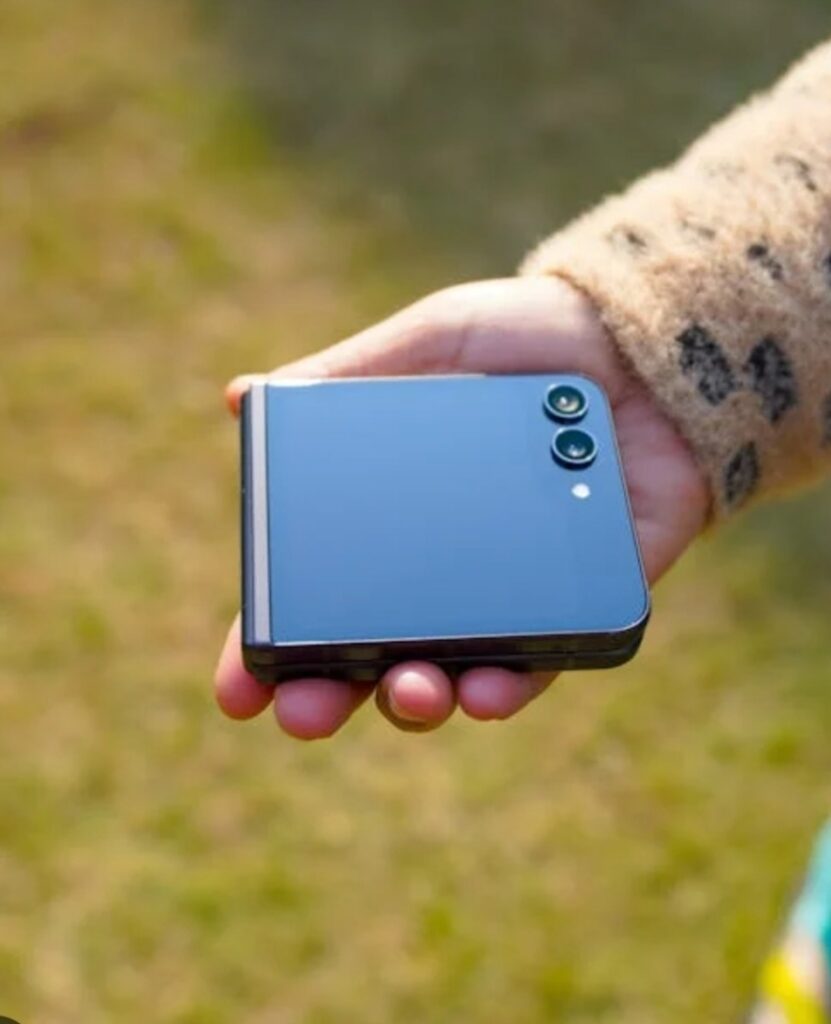
What Are the Key Advantages of Folding Phones?
Folding phones offer a variety of unique features that traditional smartphones cannot match.
Enhanced versatility and multitasking are major benefits, allowing users to seamlessly transition between smartphone and tablet modes.
For individuals who need more screen real estate for work or entertainment, larger displays make multitasking easier, improving productivity.
Additionally, foldable designs offer greater portability and compactness, making it easier to carry larger screens in a more compact form.
These features enhance the overall user experience, providing more convenience and flexibility.
Are Folding Phones Worth the High Price Point?
One of the most significant drawbacks of foldable phones is their higher price point compared to traditional smartphones.
These devices come with advanced engineering and unique design features, but for budget-conscious consumers, the cost may be prohibitive.
However, as technology advances, prices are expected to become more competitive.
Folding phones pros and cons must be carefully weighed, as the premium cost may be justified for those who prioritize innovation and cutting-edge technology.
For others, affordability remains a crucial factor.
How Durable Are Folding Phones?
Durability is a concern for many foldable phone users.
With intricate hinge mechanisms and foldable screens, these devices are susceptible to wear over time.
Screen creases and potential hinge malfunctions are common issues faced by early adopters.
Manufacturers are actively working on more durable materials and designs, but regular maintenance and careful handling are still recommended.
When considering a foldable phone, checking durability ratings and customer reviews can help gauge the device’s long-term reliability.
What is the Battery Life Like on Foldable Phones?
Battery life is a recurring challenge for foldable phones.
Due to larger, more power-hungry screens, users may experience faster battery drain.
Balancing performance with battery efficiency is an ongoing task for manufacturers, and newer models aim to optimize power consumption while maintaining high-performance levels.
For those concerned about battery life, it’s essential to research specific models and consider purchasing devices with robust power management features or larger battery capacities.
Do Foldable Phones Support Software and Hardware Updates?
Yes, most modern foldable phones support regular software and hardware updates.
Manufacturers like Samsung and Huawei are committed to ensuring that their devices remain compatible with the latest apps and features.
Future-proofing is an important consideration, as regular updates enhance the overall user experience and keep the phone functioning optimally.
Before purchasing, check the update policies of the brand to ensure long-term support.
Are Foldable Phones Suitable for Gaming and Media Consumption?
Foldable phones are increasingly becoming popular among gamers and media enthusiasts.
With larger screens, immersive displays, and enhanced graphics, these devices offer a superior gaming and media experience.
Many foldable phones come with high-refresh-rate displays and powerful processors, making them ideal for high-intensity gaming and media consumption.
For those who prioritize entertainment and performance, foldable phones provide an innovative solution.
Conclusion

Recap of the Pros and Cons of Folding Phones
Folding phones have revolutionized the smartphone industry by offering innovative designs and improved functionality.
Folding phones pros and cons reveal a mix of advantages and disadvantages that cater to different user needs.
On the positive side, these devices provide enhanced portability, larger screens, and advanced multitasking capabilities.
They are ideal for users who require a versatile device for both work and entertainment.
However, there are notable drawbacks such as higher prices, durability concerns, and battery life challenges.
Users must weigh these factors carefully before making a decision.
Final Thoughts on Whether They Are Worth the Investment in 2025
In 2025, folding phones continue to evolve, with manufacturers addressing key concerns like durability and battery life.
Despite the higher price point, the value offered in terms of design, innovation, and functionality is unmatched by traditional smartphones.
For individuals who prioritize cutting-edge technology and enhanced user experience, folding phones are a worthwhile investment.
However, those who focus on affordability or minimal maintenance may opt for more traditional devices.
Ultimately, it depends on individual needs and preferences.
As the technology continues to mature, we can expect even more refined models in the future, further blurring the line between smartphones and tablets.
Whether you’re a tech enthusiast or someone seeking the latest advancements, folding phones offer a promising future with a balance of creativity and practicality.
You might also like :

